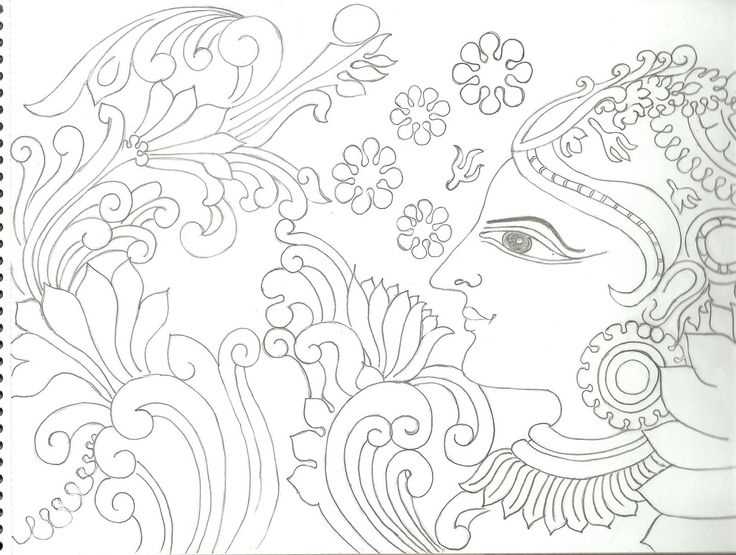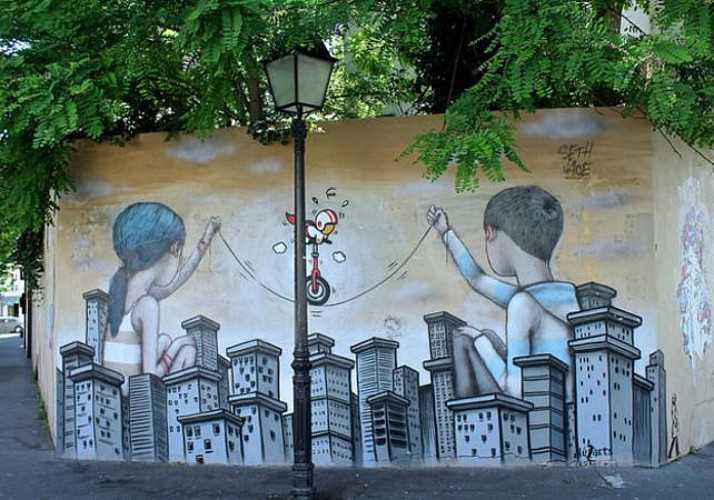Street art has become increasingly popular in recent years, transforming cities around the world into vibrant galleries. From colorful murals to thought-provoking stencils, street art offers a unique and accessible form of artistic expression. It is a powerful tool for communication and has the ability to convey powerful social and political messages.
Unlike traditional art forms that are typically confined to museums and galleries, street art reaches a much wider audience. It can be found in unexpected places, such as alleyways, abandoned buildings, and even on the sides of buses. Street art has the ability to transform mundane spaces into visually stimulating environments, breathing new life into urban landscapes.
One of the most exciting aspects of street art is its ephemeral nature. Many pieces are created illegally and can be painted over or removed by authorities. This transience adds an element of excitement and impermanence to the art form. Street artists often take risks to bring their work to the public eye, adding a rebellious edge to their creations.
Exploring the world of street art allows us to discover the stories behind the artwork. Each piece has a unique narrative, reflecting the experiences and perspectives of the artist. Street art can serve as a form of visual storytelling, offering insights into local cultures, histories, and social issues. It challenges us to think critically about our surroundings and encourages us to question the status quo.
One of the most notable characteristics of street art is its ephemeral nature. Unlike traditional art that is displayed in galleries and museums, street art is often temporary and can be easily altered or removed. This adds to its allure and sense of rebellion, as artists must work quickly and discreetly to create their pieces.
Style and Techniques
Street artists employ a variety of styles and techniques to create their artwork. From stenciling and wheatpasting to spray painting and murals, each artist has their unique way of expressing themselves. Some artists focus on creating hyper-realistic images, while others prefer abstract or surrealistic styles.
Stencil art is a popular technique among street artists. By using stencils, artists can easily reproduce their designs on different surfaces and create intricate details. This technique allows for the creation of large-scale murals that can convey strong messages and capture the attention of passersby.
Wheatpasting is another technique commonly employed by street artists. It involves the use of a mixture of flour and water to create a paste that can stick posters or images to walls. This technique is often used to convey political or social messages and has been a powerful tool for activists around the world.
Themes and Messages
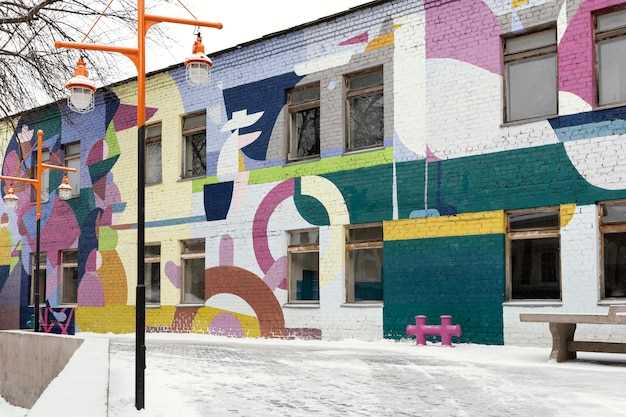
Street artists often use their artwork as a form of protest or self-expression, addressing a wide range of social and political issues. They may tackle topics such as inequality, environmental concerns, or human rights, bringing attention to marginalized communities and challenging the status quo.
Additionally, street art can also serve as a means of beautifying public spaces and transforming urban environments. By infusing vibrant colors and imaginative designs into cityscapes, street artists can create a sense of wonder and inspire creativity in those who encounter their artwork.
Understanding the Different Styles of Street Art
Graffiti
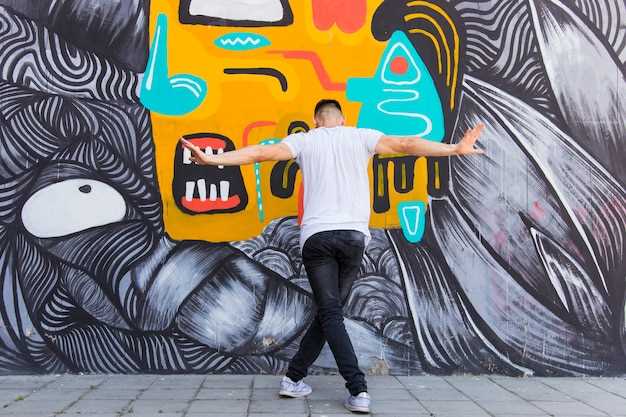
Perhaps the most well-known style of street art is graffiti. Graffiti art involves the use of vibrant colors, bold outlines, and large-scale lettering to create visually striking and expressive works. Often seen as a form of rebellion or protest, graffiti can convey political, social, or personal messages. It is typically created using spray paint or markers and can be found on walls, buildings, and other public spaces.
Stencil Art
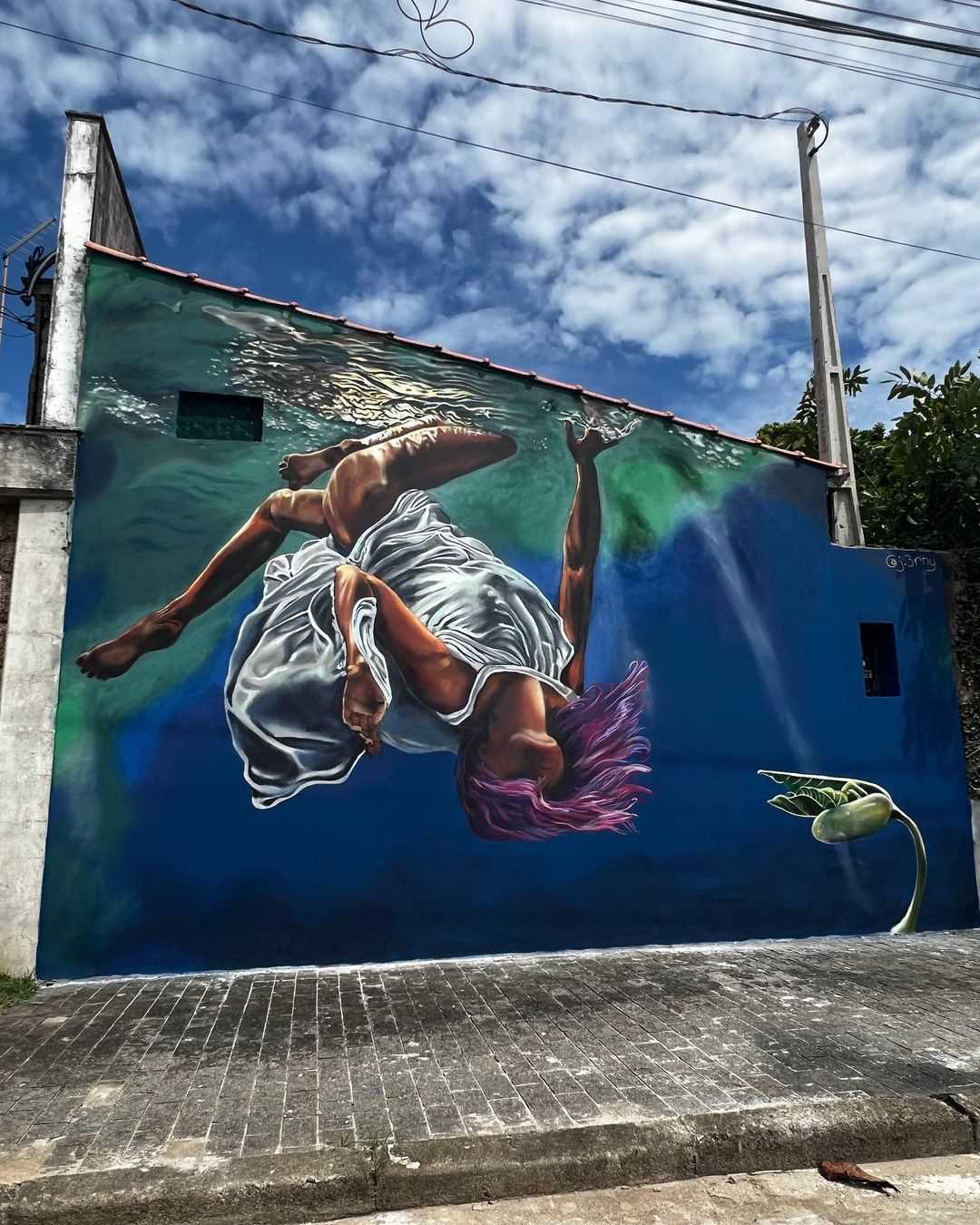
Stencil art is a style of street art that involves creating intricate designs by cutting out shapes or patterns on a piece of paper or cardboard and then spraying paint over the stencil onto a surface. This technique allows artists to quickly create detailed and repeatable images, making it a popular choice for creating portraits, figures, and intricate patterns. Stencil art can be found on walls, sidewalks, and various other surfaces.
Muralism
Muralism is a style of street art that involves painting large-scale artworks directly onto walls or other large surfaces. Murals are often highly detailed and can cover entire buildings, transforming the urban landscape. Muralists use various techniques, such as brushwork, spray paint, and even tile mosaic, to create their artworks. This style of street art is often used to celebrate local culture, convey social messages, or beautify public spaces.
Paste-Ups

- Stencil art
- Muralism
- Paste-ups
These are just a few examples of the many styles of street art that can be found around the world. Exploring the different techniques and visual elements used in street art can help to deepen our understanding and appreciation of this vibrant and ever-evolving art form.
The Evolution of Street Art
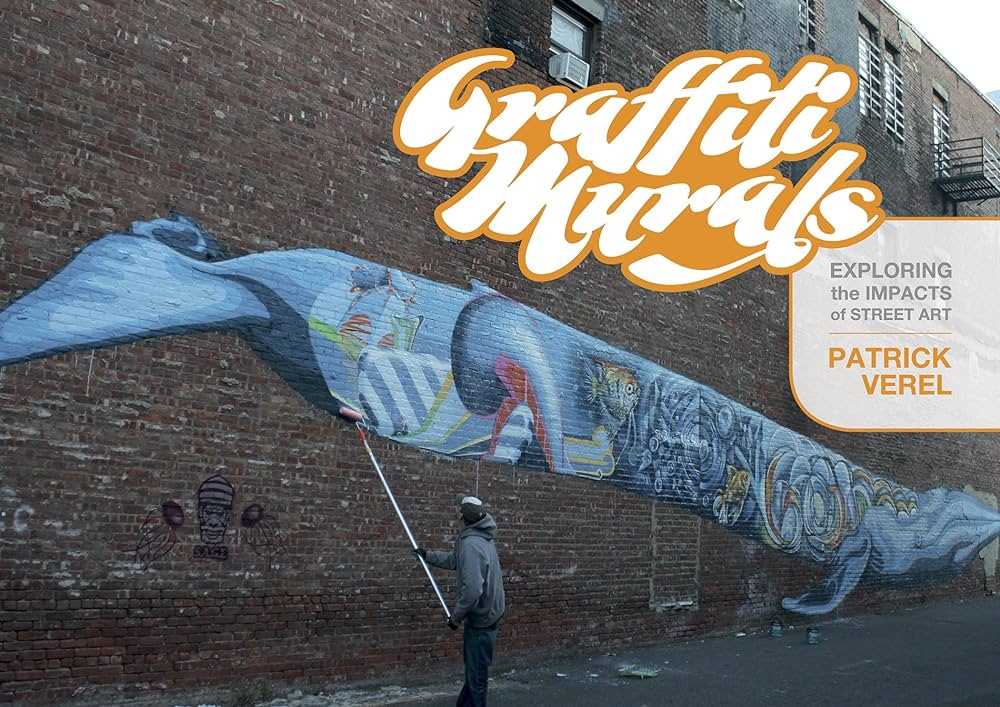
The evolution of street art can be traced back to the graffiti movements of the 1960s and 1970s in New York City. Artists like Jean-Michel Basquiat and Keith Haring started to use the city as their canvas, leaving their marks on subway cars, buildings, and walls. This marked the beginning of street art as a form of self-expression and rebellion against the established art world.
Over time, street art has evolved and diversified, embracing new techniques, styles, and themes. Today, artists use stencils, stickers, wheatpaste, and even technology to create their works. Street art can range from political statements and social commentary to whimsical illustrations and abstract designs.
One notable shift in the evolution of street art is its growing acceptance and recognition by mainstream institutions. Museums and galleries now exhibit street art, and auctions sell works for significant sums of money. This newfound appreciation has helped elevate street art from the underground to the mainstream, acknowledging its cultural, social, and artistic value.
Another significant development in the evolution of street art is its global outreach. Artists from all corners of the world are using the streets as their canvas, transcending geographical boundaries and creating a global street art community. Walls in cities like Berlin, London, and São Paulo are adorned with artworks by artists from diverse backgrounds, contributing to a vibrant global tapestry of street art.
Finally, the evolution of street art has led to increased collaboration and interaction between artists. Crews and collectives form, enabling artists to work together on large-scale projects and share resources and ideas. Collaboration has become an integral part of street art culture, fostering a sense of community and pushing the boundaries of what is possible.
Street Art vs. Graffiti

Street art and graffiti are often used interchangeably, but there are some key differences between the two. While both involve creating art in public spaces, they have distinct styles, intentions, and meanings.
Street Art
Street art is a form of artistic expression that is often created with the intention of beautifying public spaces. It encompasses a wide range of artistic styles, techniques, and mediums, including murals, stencils, wheatpasting, and installations.
Street artists often use their work to convey a message or make a statement about social or political issues. They may address topics such as inequality, environmental concerns, or cultural identity.
Street art is typically more accepted by the general public and the art world, as it is seen as a legitimate form of artistic expression. Many cities around the world have embraced street art, allowing artists to create large-scale murals and even dedicating specific areas for street art.
Graffiti
Graffiti, on the other hand, is often associated with illegal or unauthorized writing or drawings on public property. It is typically done without permission and is seen as vandalism by authorities.
Graffiti can vary in style, ranging from simple tags to elaborate pieces. It is often created quickly and clandestinely, using spray paint or markers.
While graffiti is often seen as a form of rebellion or self-expression, it is not always intended to convey a specific message or meaning. Some graffiti artists may simply want to leave their mark or gain recognition within their community.
Despite its illegal nature, graffiti has had a significant influence on street art and popular culture. Many graffiti artists have transitioned into street art, using their skills and techniques to create more socially accepted forms of art.
The Popularity of Street Art

Street art has gained immense popularity in recent years, with cities around the world embracing this form of artistic expression. From large-scale murals to small graffiti tags, street art can be seen in urban environments everywhere.
One of the reasons for the popularity of street art is its accessibility. Unlike traditional art forms that are often confined to galleries or museums, street art is accessible to everyone. It can be found on walls, buildings, and even sidewalks, bringing art directly to the streets.
Street art also captures the attention of passersby. Its vibrant colors, bold designs, and thought-provoking messages make it hard to ignore. In a world filled with constant visual stimulation, street art stands out and grabs people’s attention, creating a unique and memorable experience.
Furthermore, street art provides a platform for artists to voice their opinions and express themselves freely. Unlike other art forms that may be subject to censorship or restrictions, street art allows artists to communicate directly with the public and make their voices heard.
Additionally, the rise of social media has contributed to the popularity of street art. People can easily capture and share images of street art with a worldwide audience, making it more accessible and increasing its visibility.
Buying Street Art
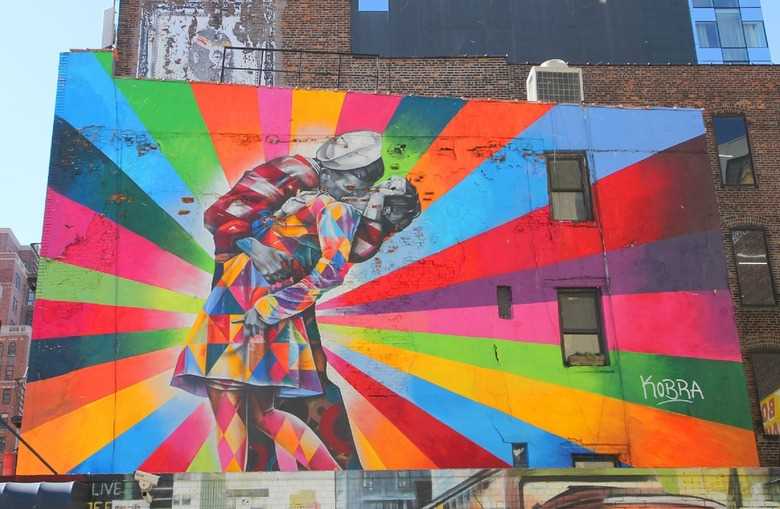
Street art has gained significant popularity and appreciation in recent years, with many collectors and enthusiasts seeking to own a piece of this urban art form. If you are interested in buying street art, there are a few things to consider.
1. Research the Artist
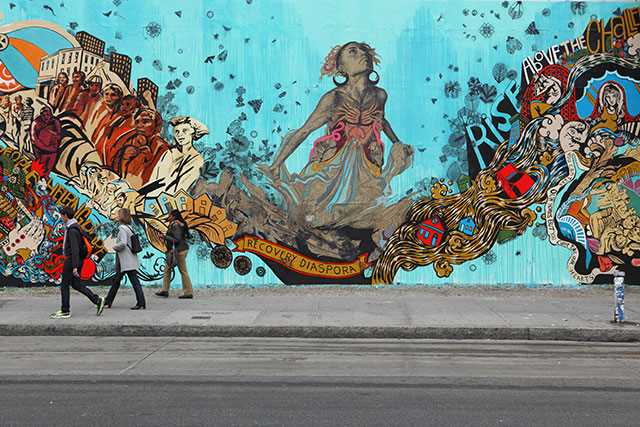
2. Know the Market
Street art comes in various forms, from murals on walls to stencils, stickers, and even sculptures. Familiarize yourself with the different types of street art and their market values. This will help you make an informed decision and avoid overpaying for a piece.
3. Authenticate the Artwork
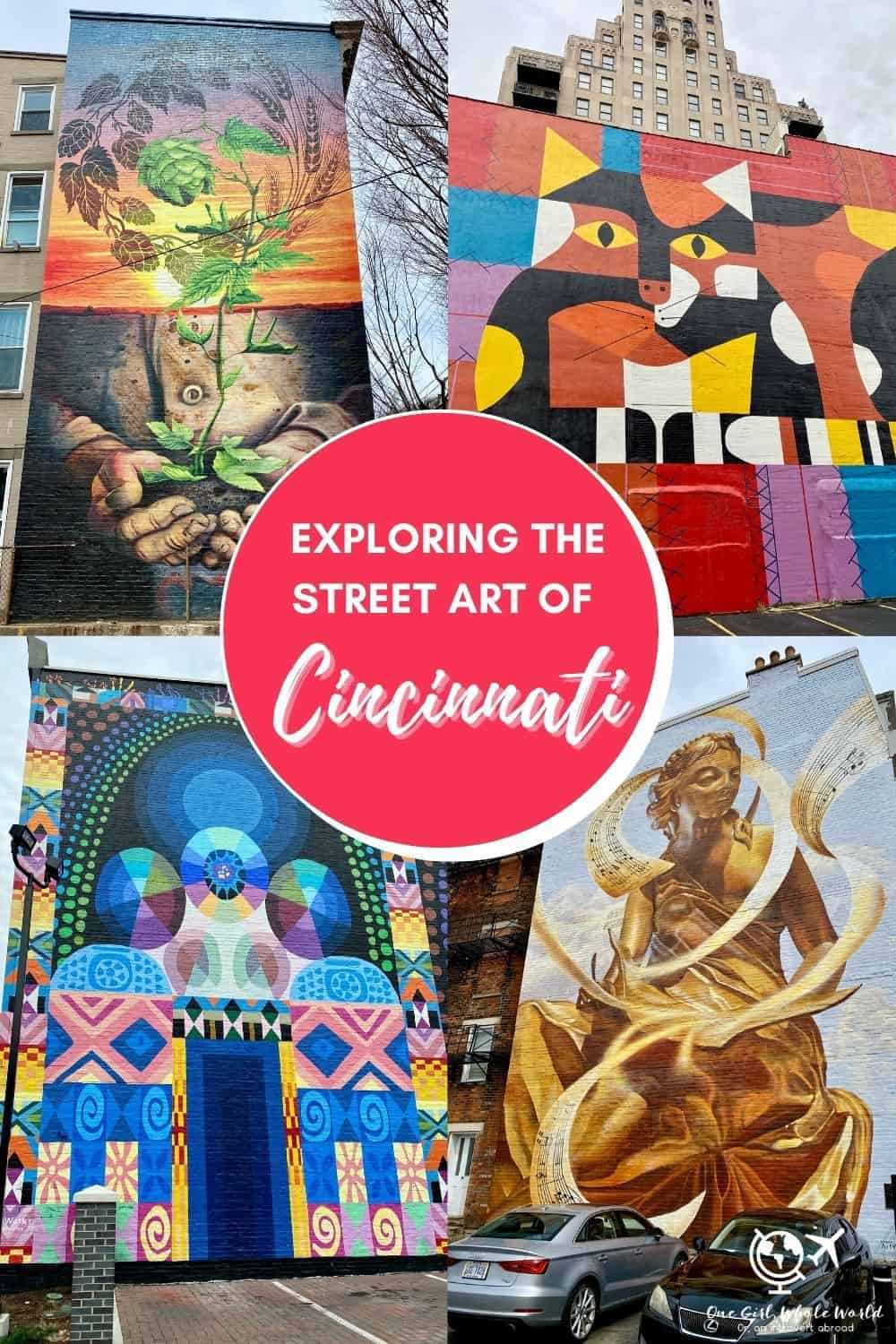
4. Support Local Artists
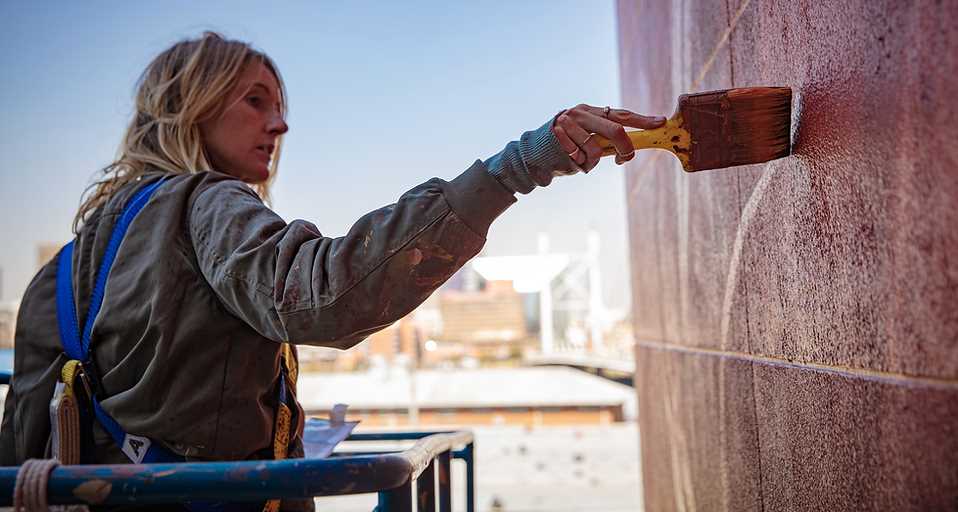
Consider supporting local street artists by purchasing their work directly. This not only helps them financially but also promotes the growth and recognition of the street art community in your area. Attend local street art events and exhibitions to discover talented artists and acquire unique pieces.
5. Consider the Preservation
When buying street art, it’s crucial to think about its preservation. Some street art pieces are temporary and may fade or deteriorate over time. If you are investing in a valuable piece, ensure that it is properly preserved to maintain its condition and value.
Remember, buying street art is not just about owning a visually appealing piece. It’s about supporting the artists, preserving an important form of expression, and contributing to the cultural landscape of your city.
Why Street Art is a Colorful Addition to Any Space
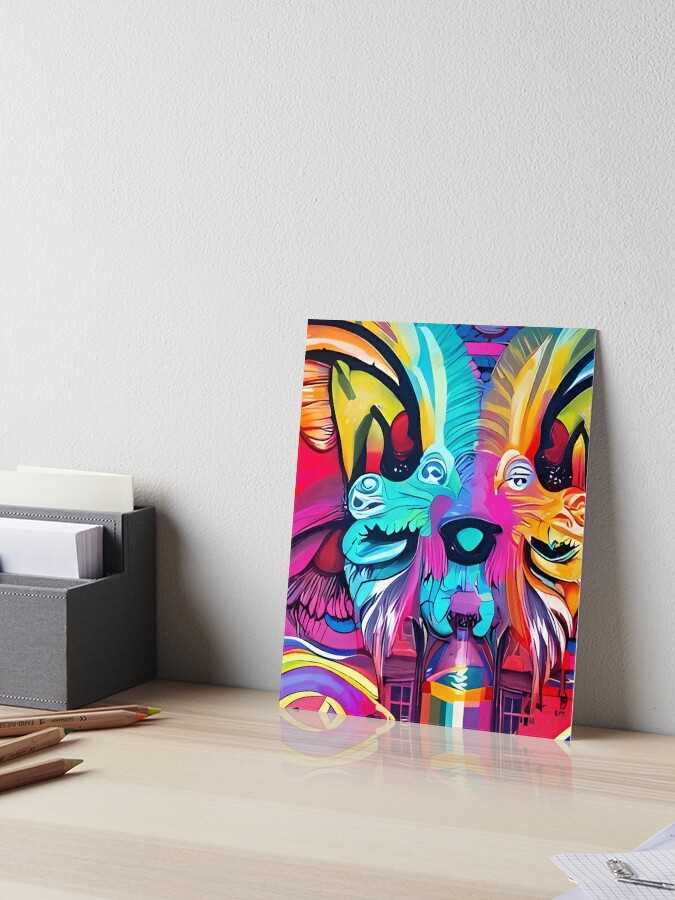
Street art has long been a form of creative expression that adds a vibrant touch to any environment. Whether it’s a city street or a gallery wall, street art brings a unique energy and color that can transform a space.
1. Captivating Visuals
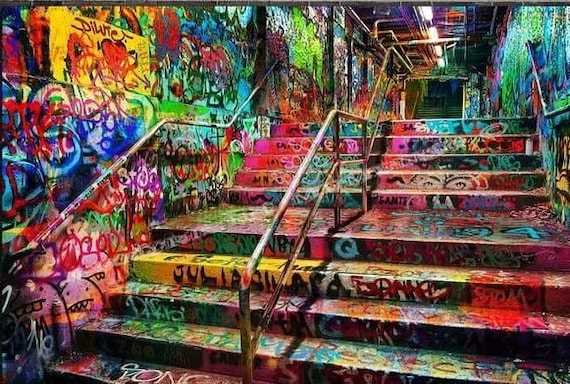
One of the biggest reasons why street art is a colorful addition to any space is its captivating visuals. From bold, large-scale murals to intricate stencils, street art is known for its eye-catching designs. These visuals can instantly draw attention and create a focal point in a room or outdoor setting.
Moreover, street art often incorporates vibrant colors and bold patterns that can liven up even the dullest of spaces. Whether it’s a busy cityscape or a blank wall, street art has the power to transform and beautify any environment.
2. Expressing Creativity and Individuality
Street art is a powerful medium for artists to express their creativity and individuality. It allows artists to share their unique perspectives and communicate messages through art that can resonate with viewers. By displaying street art in a space, you are not only adding a burst of color but also supporting the work of talented artists who may not have traditional gallery representation.
Additionally, street art often reflects the cultural and social dynamics of a community, making it an important form of artistic expression. By showcasing street art in a space, you can contribute to a sense of place and celebrate the diversity and creativity of the community.
Supporting Street Artists
Street art has become an important part of contemporary culture, allowing artists to express themselves and engage with the public in unique ways. However, street artists often face challenges and obstacles in sharing their work. Here are a few ways to support and promote street artists:
1. Commission Street Art: Consider commissioning a street artist to create a mural or piece of artwork for your business or community space. By providing a platform and financial support, you can help elevate their work and give them exposure to a wider audience.
2. Attend Street Art Festivals and Events: Street art festivals and events are a great way to show support for street artists. Attend exhibitions, workshops, and live painting sessions to admire their work and interact with the artists. By attending these events, you contribute to the visibility and recognition of their talent.
3. Promote Street Art on Social Media: Share your favorite street art pieces on social media platforms like Instagram, Facebook, or Twitter. Use hashtags and tag the artists to help increase their online presence and reach. By sharing their work with your followers, you can introduce others to the vibrant world of street art.
4. Advocate for Legal Space: Street artists often face legal issues and have limited spaces to create their art. Support efforts to create legal spaces for street art, such as designated walls or public art initiatives. By advocating for these spaces, you can help ensure that street artists have safe and authorized locations to share their artistic expressions.
5. Purchase Artwork: If possible, consider purchasing artwork directly from street artists. This not only supports their creative endeavors but also provides them with sustainable income. Look for local galleries or online platforms that feature street art, and invest in pieces that resonate with you personally.
Conclusion: Supporting street artists is vital for their artistic growth and the preservation of street art as a cultural form. By commissioning, attending events, promoting on social media, advocating for legal spaces, and purchasing artwork, you can contribute to the success and recognition of street artists everywhere.
Appreciating Street Art on Walls
Street art on walls is a vibrant and dynamic form of artistic expression that can be found in cities around the world. From colorful murals to intricate stencil work, these pieces of art can transform ordinary walls into captivating works of creativity and imagination.
One of the reasons why street art is so unique is its accessibility. Unlike traditional art forms that are often confined to museums or galleries, street art is free for all to see. It can be found in unexpected places, turning a walk down a city block into a spontaneous art gallery experience.
Street art on walls also has a way of engaging with its surroundings. Artists often consider the architecture, history, and culture of a place when creating their pieces. This means that street art can be a powerful reflection of a city’s identity, capturing the spirit of its people and adding vibrancy to its streets.
The Evolution of Street Art
Street art has come a long way from its origins as an underground subculture. It has evolved into a respected and influential art form, attracting both local artists and international talent. Major cities like London, Berlin, and New York have become hotspots for street art, with tourists flocking to see the latest works.
Notable Street Artists
There are many incredibly talented street artists making their mark on walls around the world. Banksy, for example, is a well-known and mysterious British street artist whose work often carries a political or social message. His stenciled murals can be found in cities worldwide and have gained him a global following.
Another notable street artist is Shepard Fairey, who gained fame for his iconic “Hope” poster of Barack Obama during the 2008 presidential campaign. Fairey’s work often features powerful imagery and thought-provoking messages.
Appreciating Street Art
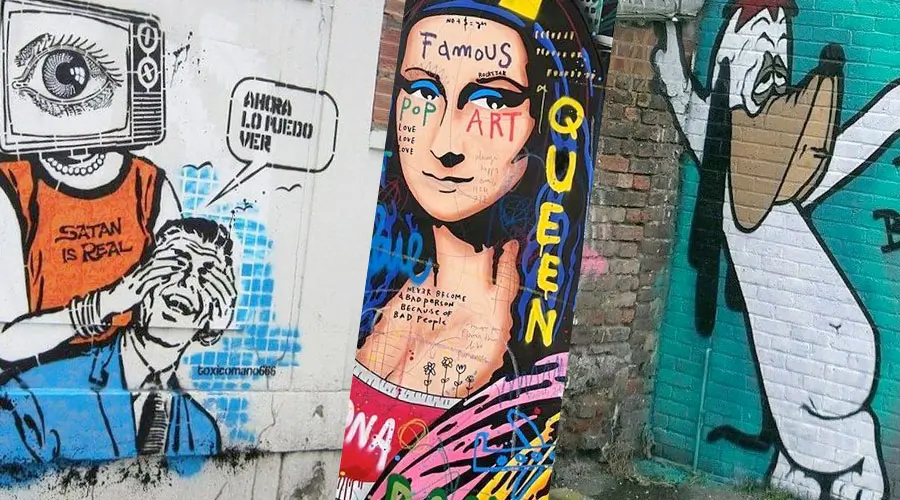
Street art on walls is not only visually captivating but also serves as a platform for artists to express themselves and comment on social and political issues. By appreciating street art, we are supporting the freedom of creative expression and celebrating the diversity of perspectives found in our cities. So next time you spot a piece of street art on a wall, take a moment to pause, observe, and appreciate the talent and creativity that went into its creation.

I am a mural enthusiast and a fervent admirer of street art. Rather than creating murals myself, I am passionate about collecting them. My love for street art knows no bounds. I am dedicated to curating and cherishing these artworks that grace the streets. My collection stands as a testament to my profound appreciation for this form of artistic expression.
read about me



